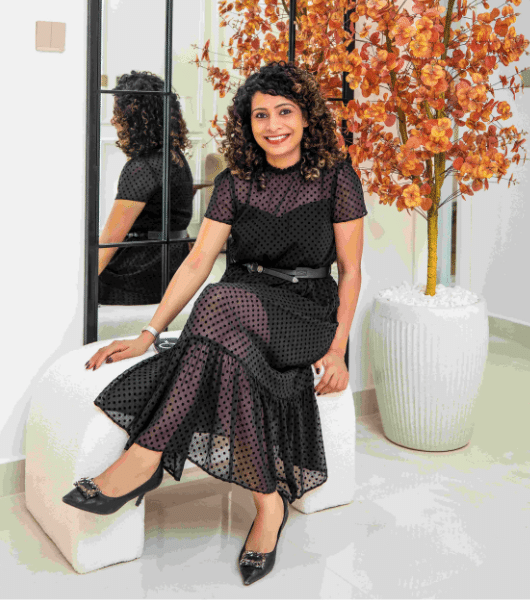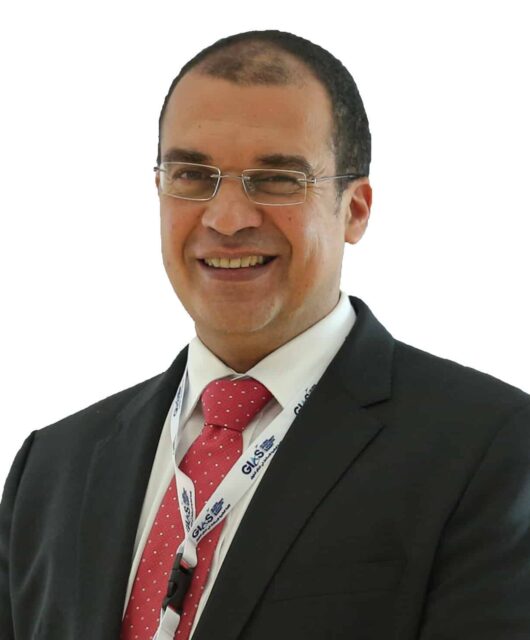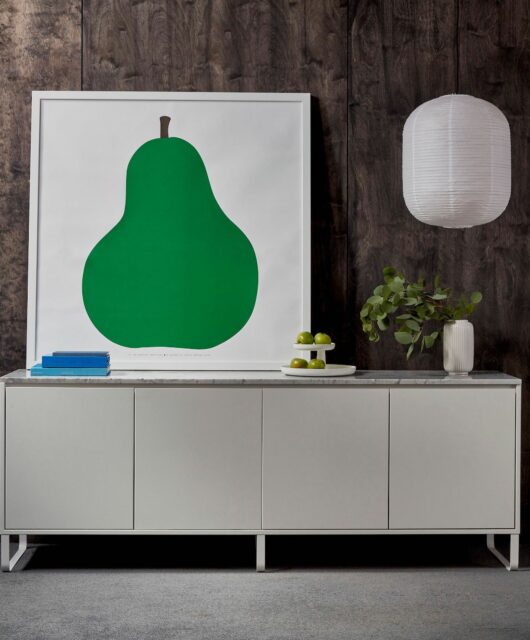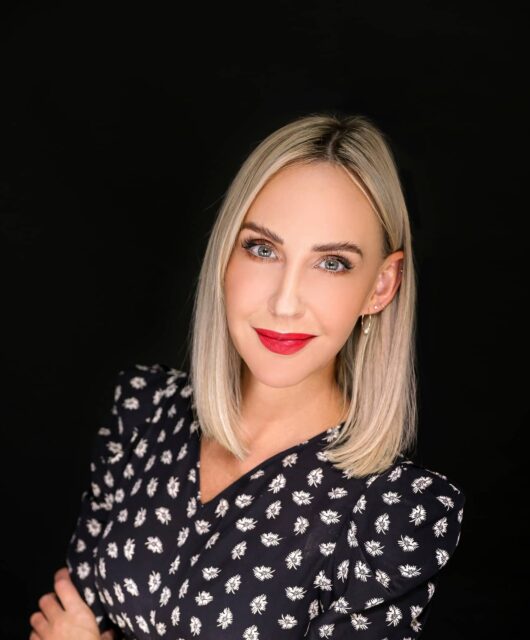Tim Wallace, product designer, Herman Miller talks about the designs that are flexible and stylish, hence encouraging a more collaborative office environment
What inspires you to design a new product?
Finding something unique and relevant is the foundation for new products and is both challenging and vitally important. We spend a lot of time at the beginning of a project debating what is the best thing to do and how to approach it. Inspiration from the world around us encourages us to learn but the crucible of new ideas is knowledge and hard work.
Why do you think that sustainability in design has become such a priority for consumers?
Rightly so, the threat of global warming has significantly heightened the visibility of what effects the environment. People right around the globe are becoming more knowledgeable about the issues and more readily will look for products that minimise the impact.
How do you collaborate with the developers/clients?
We do a lot of research before we start to design and we spend most of this time working closely with our clients. Trying to impose ideas doesn’t help anyone. We must try to understand the problem from all perspectives, not just our own. Once we’ve agreed upon a set of goals we continue to work together, testing and adapting the ideas as we go.
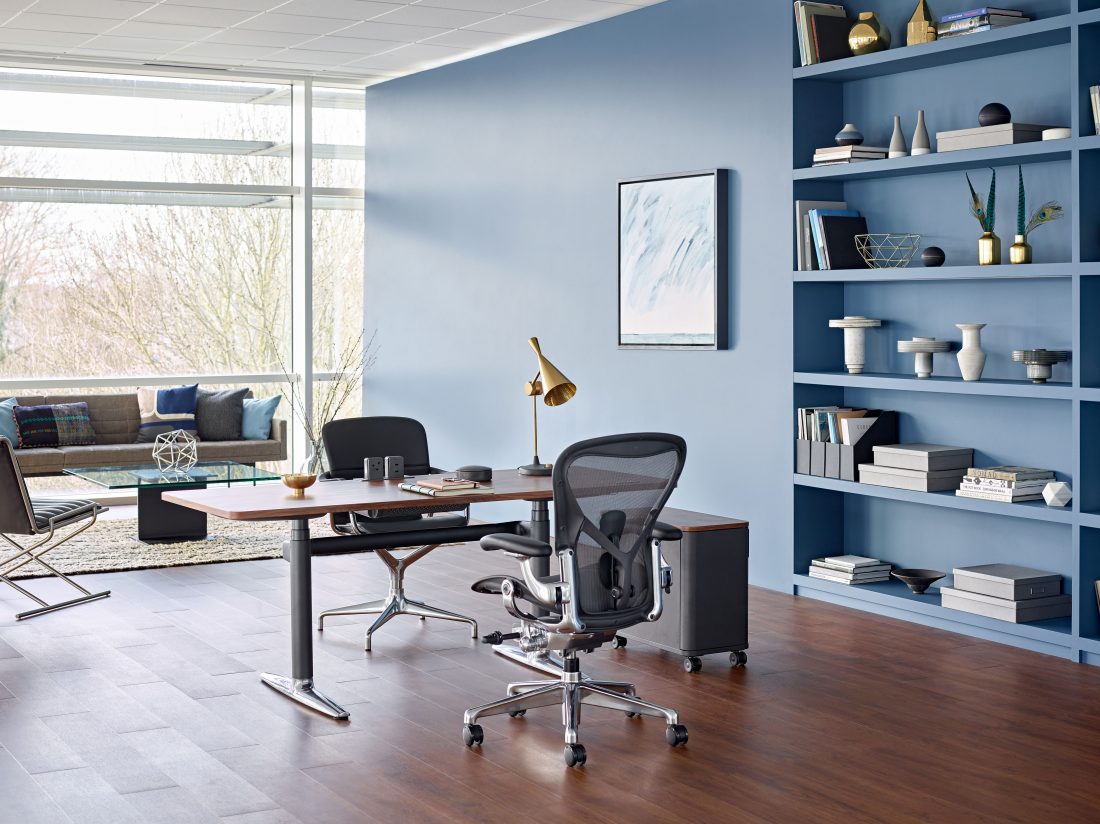 Can you talk about some of your best designs?
Can you talk about some of your best designs?
I am probably best known for designing Abak Environments for Herman Miller. It is easily the most sophisticated assembly system we have ever produced and has won two major design awards. Another favourite is my latest design for Herman Miller called Atlas Office Landscape, which is a sit-stand desking system. Our main challenge was to try to break away from the rigid planning and aesthetic constraints typical of this product type. By providing flexibility in how workstations are configured, Atlas desks can be arranged in a way that creates spaces that encourage a more collaborative environment.
What are the latest trends in office furniture in this region? It’s the same all over the world; the way we work is changing. The office environment has begun to evolve from fixed, uniform spaces into a broader range of work settings and the number of allocated workstations is falling. We have to provide a space in which people want to work as well as a space in which people are able to work. One size no longer fits all.
What has been your biggest design challenge? Furniture is a strange thing; it has clear, technical aspects mixed in with subtle social and cultural functions. It also has a lot of contradictions; privacy and openness, refined elegance, and unbending rigidity. Our biggest challenge is to take all the complex engineering concepts and put it into a package that is both beautiful and easy to live with.

